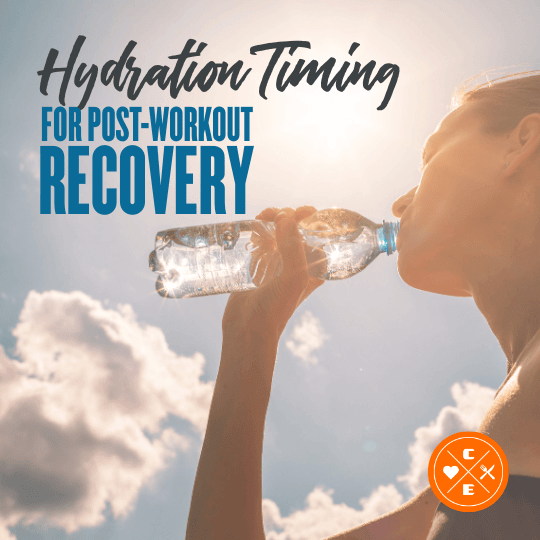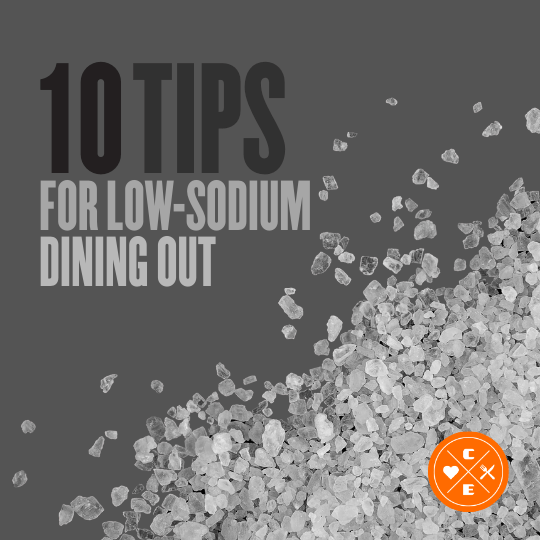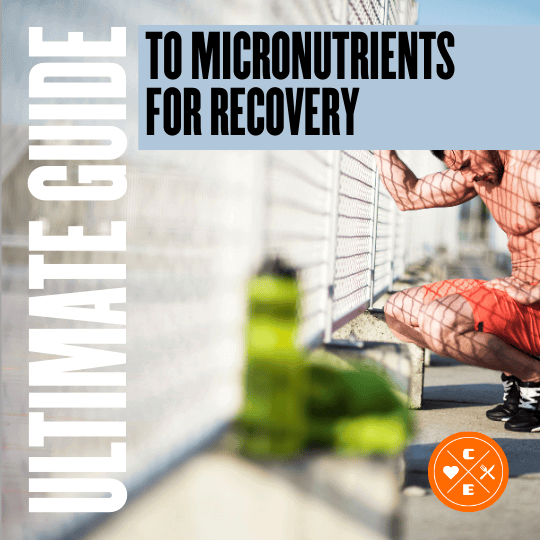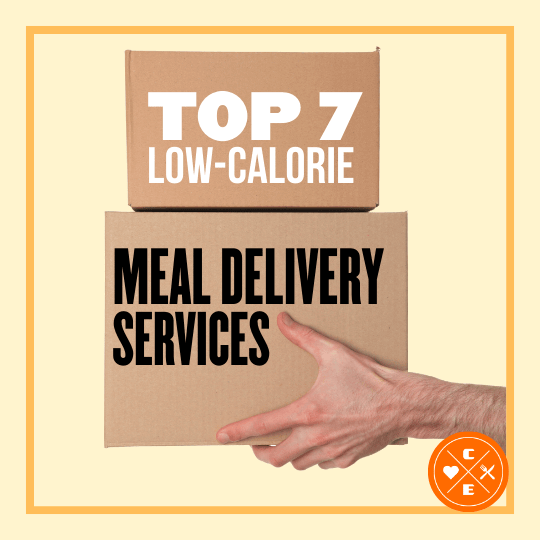Hydration Timing for Post-Workout Recovery

Jason Nista
Nutrition
|
Exercises & Fitness
05/19/2025 10:01am
13 minute read
Table of Contents
When it comes to recovering after a workout, hydration is key. Here’s what you need to know:
- Drink 16–24 ounces of water per pound of body weight lost during exercise.
- Start rehydrating within 15–30 minutes post-workout to speed up muscle repair and nutrient delivery.
- For workouts longer than 60 minutes or in hot conditions, add electrolyte drinks to replace sodium and prevent cramps.
- Avoid drinking more than 50 ounces per hour to prevent overhydration or hyponatremia.
- Full rehydration can take 8–12 hours, so keep sipping fluids consistently.
Quick Tip: Monitor your hydration by checking urine color (aim for pale yellow) or tracking weight lost during exercise. Pair fluids with a balanced meal for optimal recovery.
Let’s dive into the details of how timing your hydration can make all the difference.
Post-Workout Hydration
How Hydration Timing Affects Recovery
The timing of hydration plays a key role in speeding up muscle repair and ensuring nutrients are delivered efficiently to where they're needed most [1].
Effects of Dehydration on Recovery
Even slight dehydration can throw a wrench into your recovery process. Losing just 1–2% of your body weight in fluids can lead to:
- Reduced blood volume, which hampers the delivery of oxygen and nutrients to your muscles.
- Slower glycogen replenishment, making it harder for your muscles to refuel.
- Impaired removal of waste products, leaving your muscles feeling sluggish.
- A less effective inflammatory response, which is essential for repairing exercise-induced muscle damage [2].
On top of that, dehydration messes with your body's ability to regulate temperature, further complicating recovery.
Body Temperature and Fluid Balance
Proper hydration isn't just about muscle repair - it’s also critical for keeping your body cool. After a workout, your core temperature can stay elevated, and without enough fluids, your body struggles to cool down. During the first 15–30 minutes post-exercise, drinking enough water helps maintain plasma volume, supports skin cooling, and prevents overheating.
"Post-activity hydration should aim to correct any fluid loss accumulated during practice or competition to optimize the recovery process", explains the National Athletic Trainers' Association [2].
To keep your body functioning smoothly, make sure to drink enough to aid heat dissipation. This becomes even more important in hot or humid conditions. Adjust your fluid intake based on the environment, but avoid consuming more than 1.5 liters (about 50 ounces) per hour to steer clear of hyponatremia, a condition caused by low sodium levels [3].
First 15 Minutes After Exercise
The first few minutes after a workout are crucial for starting the recovery process. Rehydrating during this time helps replace lost fluids and sets the stage for effective muscle repair.
Water Intake Guidelines
How much water you need depends on how much fluid you’ve lost during exercise. For example, if you dropped 2 pounds during your workout, aim to drink 32–48 ounces of water in this recovery window. To make it easier on your body, sip about 8 ounces every 5–7 minutes for better absorption [3].
The National Athletic Trainers' Association recommends focusing post-exercise hydration on replenishing fluids lost during activity [2]. For best results, stick to cool water (around 50–59°F), as it absorbs better than ice-cold or room-temperature options [2].
If plain water doesn’t fully meet your recovery needs, check out the next section to decide when electrolyte drinks are a better choice.
When to Use Electrolyte Drinks
Electrolyte drinks are particularly helpful in the following situations:
- Your workout lasts longer than 60 minutes.
- You exercise in very hot conditions.
- You notice white salt stains on your clothes.
- You experience muscle cramps after your session.
In these cases, sports drinks with a 6–8% carbohydrate concentration (about 14–19 grams per 8 ounces) can help restore fluid levels and replenish muscle glycogen [2][3].
| Workout Duration/Intensity | Recommended Fluid Type | Initial 15-Min Intake |
|---|---|---|
| Under 60 minutes (moderate) | Plain cool water | 16–20 oz |
| Over 60 minutes | Sports drink/electrolyte solution | 16–24 oz |
| High-intensity in heat | Electrolyte + carb drink | 20–24 oz |
If you’re exercising in temperatures above 90°F, increase your fluid intake by 25–50% beyond these baseline recommendations [3].
30-Minute Recovery Window
The first half-hour after a workout is a key time for helping your body recover. During this period, your muscles are especially ready to absorb the fluids and nutrients they need. While starting with rehydration is important, the next step - ensuring proper nutrient intake - plays a big role in maximizing recovery.
Water's Role in Nutrient Uptake
Water does more than just quench your thirst - it’s essential for delivering nutrients to your muscles. According to the National Athletic Trainers' Association, staying hydrated during this window helps your body absorb proteins and other key nutrients more effectively [1]. This means drinking water right after your workout isn’t just about replacing what you lost; it’s about setting the stage for recovery.
Here’s how water supports your body during this crucial time:
| Hydration Benefit | Impact on Recovery |
|---|---|
| Enhanced Blood Flow | Ensures nutrients reach muscles faster |
| Improved Nutrient Absorption | Helps your body take in proteins and carbs |
| Temperature Regulation | Keeps enzymes functioning properly |
| Reduced Muscle Soreness | Clears out waste products from muscles |
By hydrating properly, you’re laying the groundwork for a smoother recovery and making your post-workout meal even more effective.
Post-Workout Meal Options
Pairing hydration with a well-balanced meal can speed up recovery even more. A meal rich in protein and carbohydrates helps repair muscles and replenish energy stores. For convenience, options like Clean Eatz Kitchen’s portion-controlled, protein-packed meals can make this step quick and easy.
Studies show that drinking water alongside a protein-rich meal after exercise boosts the delivery of amino acids to your muscles, which supports faster repair and growth [1][4]. Plus, staying hydrated aids digestion, ensuring your body gets the most out of the nutrients you consume.
For the best results:
- Aim to eat a balanced meal (around 600 calories or less) within 30 minutes of finishing your workout.
sbb-itb-1989a25
4-6 Hour Recovery Period
After addressing immediate and short-term recovery, the next step focuses on maintaining hydration over a longer period. This phase is critical for muscle repair and preparing your body for future workouts.
Hourly Water Recommendations
Your hourly water needs during the 4–6 hour recovery window depend on how hard you exercised and the weather conditions [3]:
| Exercise Intensity | Weather Conditions | Hourly Water Goal |
|---|---|---|
| Light to Moderate | Cool (60–70°F) | 20 oz |
| Moderate to High | Warm (70–85°F) | 22 oz |
| High Intensity | Hot/Humid (85°F or more) | 24 oz |
Hydration Timeline
Spacing out your water intake during this period can help your body absorb fluids more effectively and prevent overhydration. Here's how to structure your hydration:
First 2 Hours:
- Sip 8 oz every 20–30 minutes. If your workout lasted over an hour, consider adding electrolytes to your drink.
- Combine your fluids with a well-rounded meal to support muscle recovery.
Hours 2–4:
- Drink 8 oz every 30–40 minutes.
- Keep an eye on your urine color - it should be a pale yellow.
- Avoid drinking more than 50 oz in a single hour to prevent discomfort.
Hours 4–6:
- Sip 8 oz every 40–60 minutes, adjusting based on your thirst.
- Pair your fluids with nutrient-rich meals, such as options from Clean Eatz Kitchen, to optimize recovery.
Keep in mind that hydration needs can vary widely depending on personal factors and workout intensity. Look for signs like pale yellow urine and steady energy levels to gauge your hydration status. If you have another workout planned within 8–12 hours, staying consistent with your fluid intake is key to performing at your best.
Managing Electrolyte Levels
Keeping your electrolyte levels in check is key to recovering well after a workout. Learning to recognize the signs of an imbalance can help you fine-tune your hydration plan.
Recognizing Electrolyte Imbalances
Common signs of an electrolyte imbalance include muscle cramps, extreme fatigue, dizziness, headaches, or an irregular heartbeat. If you’re noticing several of these symptoms, it might be time to add electrolyte-rich drinks to your recovery plan [4].
Hydration for Long Workouts
Once you identify the signs of imbalance, it’s important to adjust your hydration during longer workout sessions. For exercises lasting more than an hour, aim to drink 7–10 fl oz of fluid every 10–20 minutes [2].
Look for drinks that include:
- Sodium: 20–30 mEq/L to replenish lost salts
- Potassium: To help maintain proper muscle function
- Carbohydrates: For sustained energy
Pro Tip: Start hydrating early. Drink about 17–20 fl oz of a sports drink 2–3 hours before an intense session, and then have another 7–10 fl oz 10–20 minutes before you begin [2].
Avoiding Too Much Water
Drinking too much plain water without electrolytes can cause blood sodium levels to drop, a condition known as hyponatremia. To prevent this:
- Avoid consuming more than 1.5 liters (around 50 fl oz) of water per hour during prolonged activity [3].
- Replace 150% of the fluids lost during exercise within 2–4 hours after your workout [2].
- For every pound of body weight lost during exercise, drink 16–24 ounces of a fluid containing electrolytes [3].
Pairing these electrolyte-rich drinks with protein-packed meals, like those from Clean Eatz Kitchen, can further support your recovery by boosting nutrient absorption.
Hydration Monitoring Methods
Keeping tabs on your hydration is key to staying on course with your recovery plan. Below are three practical ways to ensure you're replenishing fluids effectively during recovery.
Using Urine Color
One of the easiest ways to gauge your hydration is by observing the color of your urine. Ideally, it should resemble pale lemonade - this signals proper hydration. If it looks more like dark yellow or amber (think apple juice), it’s time to drink more fluids [4].
Here’s how to make urine monitoring more accurate:
- Check your urine first thing in the morning for the best results.
- Wait at least two hours after taking vitamins or supplements, as they can alter urine color.
- Use a standardized color chart to compare your sample.
- Keep an eye on any changes throughout your recovery.
For a more tailored approach, you can also calculate your fluid loss by tracking changes in your body weight.
Weight-Based Fluid Loss
This method gives a personalized measure of hydration by focusing on how much fluid you lose during exercise. To calculate your rehydration needs, weigh yourself before and after your workout. For every pound you lose, drink 16 to 24 fluid ounces. Here’s a quick guide:
| Weight Lost | Fluid Replacement Needed |
|---|---|
| 1 pound | 16–24 fl oz |
| 2 pounds | 32–48 fl oz |
| 3 pounds | 48–72 fl oz |
To use this method:
- Weigh yourself before your workout, wearing minimal or dry clothing.
- Complete your exercise session as usual.
- Towel off and weigh yourself again afterward.
- Replenish 125% to 150% of the fluids you lost within four hours [4].
In addition to tracking weight changes, you can stay on top of hydration by following a timed drinking schedule.
Timed Water Intake
A structured approach to drinking water can help you maintain steady hydration levels during recovery. Using bottles with time markers is a simple way to track your progress.
In the first hour after your workout:
- Drink 8–12 fluid ounces every 15 minutes [3].
- Add electrolytes if your workout lasted longer than an hour.
Over the next 2–3 hours:
- Aim for 16–24 fluid ounces per hour.
- Spread out your intake evenly and use bottle markings to monitor your progress.
Remember, full rehydration can take 8 to 12 hours or even longer [3].
Pro Tip: Use phone reminders to stay on schedule. Pair your water intake with a post-workout meal from Clean Eatz Kitchen to enhance nutrient absorption and recovery.
Summary
When it comes to post-workout recovery, hydration plays a crucial role in both performance and overall well-being. By following targeted hydration strategies, you can optimize recovery and ensure your body gets what it needs after exercise.
Key Hydration Tips:
- Drink 16–24 fluid ounces of water for every pound of body weight lost during exercise [3].
- Keep your fluid intake under 50 ounces per hour to avoid overhydration [3].
- Allow 8–12 hours for your body to fully rehydrate after intense physical activity [3].
To help you stay on track, here’s a simple hydration timeline:
| Time Post-Workout | Hydration Goal | Action Items |
|---|---|---|
| 15–30 minutes | Immediate Rehydration | Drink 16–24 ounces of water or a sports drink. |
| 30–60 minutes | Nutrient Uptake | Combine your fluids with a balanced post-workout meal. |
| 4–6 hours | Sustained Rehydration | Continue sipping fluids gradually and monitor urine color for proper hydration. |
Remember, complete rehydration can take 8–12 hours, so pacing yourself is essential. If your workout was particularly long or intense, consider adding electrolytes to your fluids to replenish what was lost.
Pairing hydration with balanced meals is equally important. Clean Eatz Kitchen offers portion-controlled meals that can help you maintain the right nutrient balance while supporting your recovery process.
Finally, monitor your hydration effectively. Simple methods like weighing yourself before and after exercise or checking the color of your urine can provide quick insights. Aim to keep fluid loss below 2% of your body weight during training [2].
FAQs
Why is it important to rehydrate within 15–30 minutes after exercising?
Rehydrating within 15–30 minutes after finishing a workout is key to helping your body bounce back. When you exercise, you lose fluids and electrolytes through sweat, and if you don’t replace them quickly, dehydration can set in. Sipping water or an electrolyte-packed drink soon after your session helps bring your hydration levels back up, aids muscle recovery, and keeps fatigue at bay.
Drinking fluids promptly also boosts circulation, helping nutrients reach your muscles more efficiently - something your body needs for repair and growth. Pairing good hydration with a balanced post-workout meal can take your recovery to the next level. For a hassle-free option, Clean Eatz Kitchen provides fully-prepared, portion-controlled meals delivered right to your doorstep, making it easy to stay on track.
Should I include electrolyte drinks in my post-workout hydration routine?
After an intense workout or a session where you’ve been sweating a lot, electrolyte drinks can be a great way to recharge. They help replace key minerals like sodium, potassium, and magnesium that your body loses through sweat, aiding in hydration and muscle recovery.
For lighter or moderate workouts, plain water usually does the job. But if you’re feeling drained, dealing with muscle cramps, or exercising in hot, humid conditions, an electrolyte drink might be just what you need to bounce back. Pay attention to how your body feels and adjust your hydration plan to match its needs.
How can I recognize overhydration after a workout and avoid it during recovery?
Drinking excessive amounts of water, also known as overhydration, can result in hyponatremia - a condition where blood sodium levels drop to dangerously low levels. Symptoms of this include nausea, headaches, confusion, bloating, and in extreme cases, seizures.
To prevent overhydration after a workout, sip water gradually rather than gulping down large quantities all at once. Listen to your body’s thirst signals and think about replacing the electrolytes you lose through sweat with a well-balanced recovery drink or meal. Hydration is all about finding that sweet spot - too much or too little can slow down your recovery.
Related Articles
10 Tips for Low-Sodium Dining Out
12 minute read
Ultimate Guide to Micronutrients for Recovery
10 minute read
Top 7 Low-Calorie Meal Delivery Services
8 minute read



